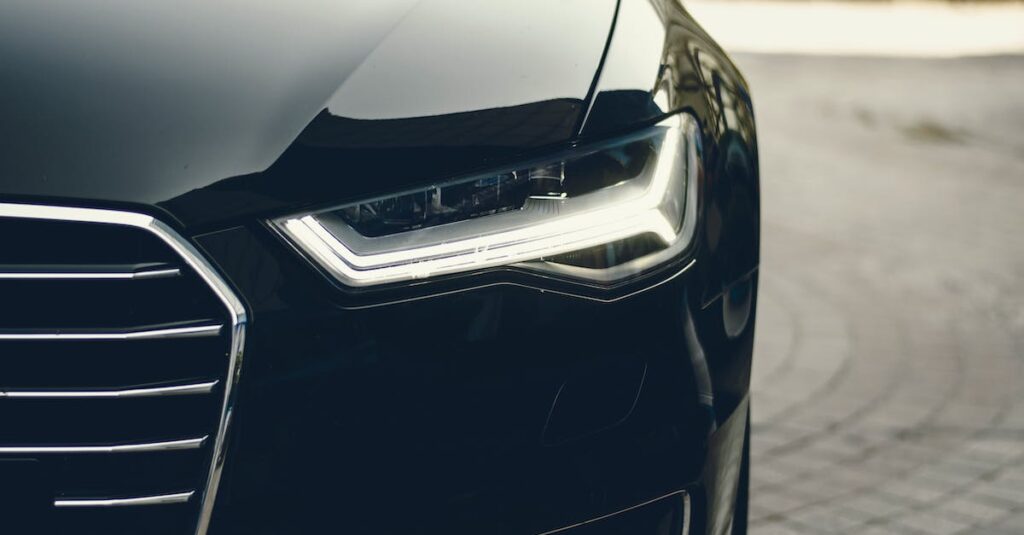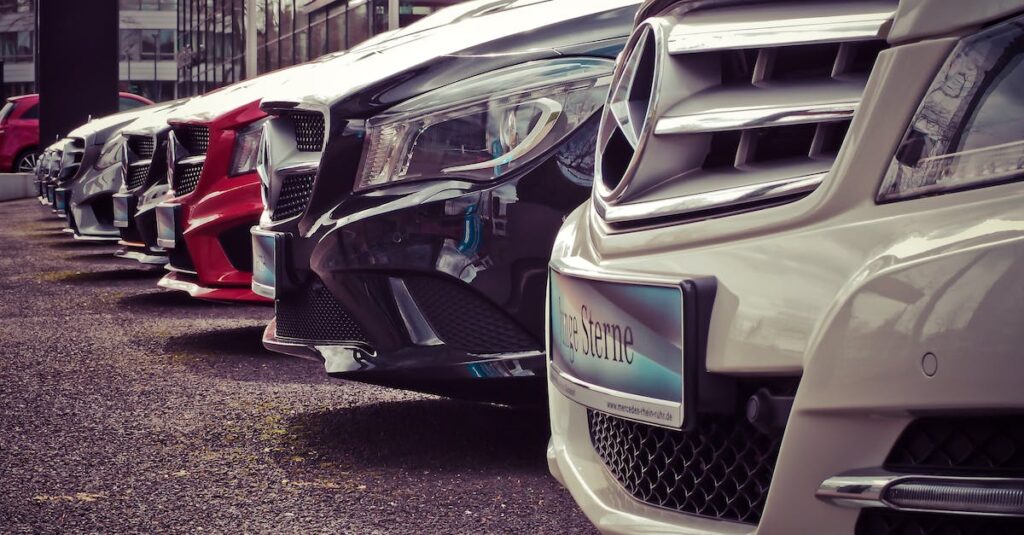Introduction
Car lighting technology has come a long way over the years, and today, two of the most popular options are LED and halogen lights. Both types of lights provide illumination for your vehicle, but they have distinct differences in terms of brightness, energy efficiency, and overall performance. In this article, we will explore the pros and cons of LED and halogen lights, as well as the latest advancements in car lighting technology.
LED Lights: The Future of Car Lighting
Superior Brightness and Visibility
LED lights are known for their exceptional brightness, making them an excellent choice for car headlights. Compared to halogen lights, LEDs produce a much more focused and intense beam, which greatly improves visibility on the road. This increased brightness allows drivers to see further ahead and detect potential hazards sooner, enhancing overall safety.
Energy Efficiency
One of the biggest advantages of LED lights is their energy efficiency. LEDs consume significantly less power compared to halogen lights, resulting in lower energy consumption and reduced strain on the vehicle’s electrical system. This not only increases fuel efficiency but also extends the life of your car’s battery. Furthermore, LEDs require less maintenance and have a longer lifespan compared to halogen lights, making them a cost-effective lighting solution in the long run.
Durability and Reliability
LED lights are highly durable and resistant to shocks, vibrations, and extreme temperatures. Unlike halogen lights, which are more prone to damage and failure, LEDs are built to withstand harsh conditions and maintain optimal performance. This durability makes LED lights a reliable choice for off-road enthusiasts and drivers who frequently encounter rough terrains.
Stylish Design and Versatility
LED lights offer a sleek and modern design that can enhance the overall appearance of your vehicle. They come in various shapes and sizes, allowing for greater design flexibility. LED lights are commonly used in daytime running lights and tail lights, providing a distinctive and eye-catching look. Additionally, LEDs can be customized to emit different colors, adding a touch of personalization to your car’s lighting system.
Halogen Lights: A Trusted Lighting Option
Affordable and Accessible
Halogen lights have been the traditional choice for car lighting for many years, mainly due to their affordability and accessibility. Compared to LEDs, halogen lights are much cheaper to produce and replace, making them a popular option for budget-conscious drivers. They are widely available in auto parts stores and can be easily installed in most vehicles.
Adequate Illumination
While halogen lights may not match the brightness of LEDs, they still provide adequate illumination for driving at night. The warm, yellowish light emitted by halogen bulbs is similar to natural sunlight, which can help reduce eye strain and provide a comfortable driving experience. Halogen lights are also capable of producing a wider beam, which can be beneficial in illuminating the peripheral areas of the road.
Latest Advancements in Car Lighting Technology
Car lighting technology is constantly evolving, and recent advancements have focused on improving the efficiency and performance of both LED and halogen lights. Manufacturers are developing hybrid solutions that combine the energy efficiency of LEDs with the affordability of halogen lights. These hybrids offer a balance between brightness, longevity, and cost-effectiveness, providing drivers with the best of both worlds.
Summary
When it comes to car lighting technology, LED lights are the future. They offer superior brightness, energy efficiency, durability, and design flexibility. While halogen lights remain a trusted and affordable option, advancements in hybrid solutions are bridging the gap between the two technologies. Whether you choose to upgrade to LED lights or stick with halogen, it’s essential to consider your specific needs and budget. Ultimately, both options have their advantages and drawbacks, so make sure to weigh your options before making a decision.







